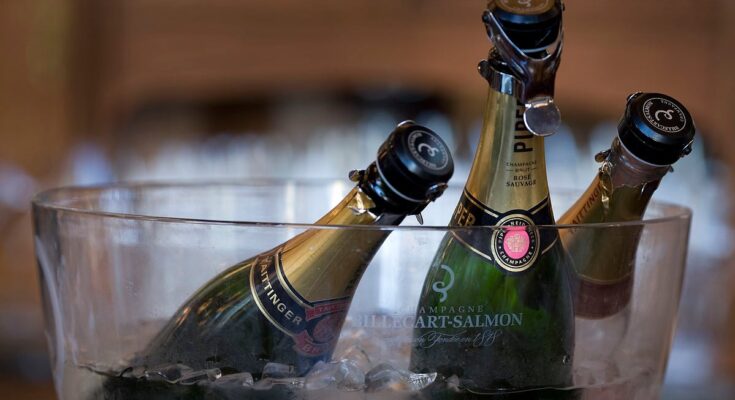At least 100 bottles of champagne were discovered on a 19th-century shipwreck in the Baltic Sea off the Swedish coast, Polish divers said Wednesday.
The group said it was thrilled to find rare “treasure” on board when it came upon the presumed merchant vessel last week.
“The whole wreck is loaded to the brim with crates of champagne, mineral water and china,” Tomasz Stachura, the Baltictech diver group leader, told AFP.
He said the divers counted around 100 champagne bottles among the discovered items.
“I have been diving for 40 years and it often happens that there is one bottle or two… to discover a wreck with so much cargo, it’s a first for me,” Stachura added speaking to AFP.
The discovery, made around 20 nautical miles (37 kilometers) south of the Swedish island of Oland, was largely a coincidence, according to the Polish divers who have been combing the seabed in search of sunken ships for years.
“We were just checking out new spots out of pure curiosity and that’s when we came across this wreck,” Stachura said.
The group said the discovery of sealed clay water bottles helped them determine that the vessel capsized in the second half of the 19th century.
“We managed to take pictures of the brand name stamped on a clay bottle, which turned out to be one from the German company Selters — and the logo had this precise shape during that period,” Stachura said.
The divers said they had notified Swedish regional authorities about the finding, but warned it would take a while for the champagne treasure to be extracted due to administrative restrictions.
“It had been lying there for 170 years so let it lie there for one more year, and we will have time to better prepare for the operation,” Stachura told AFP.
The oldest drinkable champagne was found in shipwreck
In 2010 divers found a shipwreck containing the world’s oldest drinkable champagne off the coast of Finland. 168 bottles were salvaged from the wreck, a large quantity from the famous Champagne house Veuve Clicquot.
The shipment is believed to have been on its way to a Russian garrison on the mainland of Finland around 1840 but sank before it reached its destination and has been resting at the bottom of the sea for nearly 200 years.
Thanks to the fact that the bottles had been resting at a constant temperature in the dark at the bottom of the sea, their content was still in perfect condition and several champagne connoisseurs who tasted it were impressed.
Related: The Surprising Science Behind Champagne Bubbles



